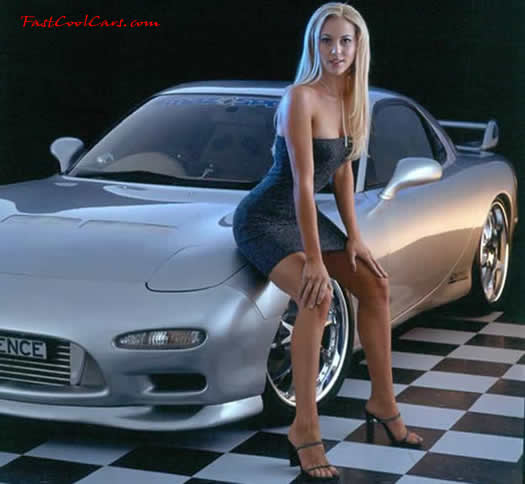





Mazda began as the Toyo Cork Kogyo Co., Ltd, founded in Japan in 1920. Toyo Cork Kogyo renamed itself to Toyo Kogyo Co., Ltd. in 1927. Toyo Kogyo moved from manufacturing machine tools to vehicles, with the introduction of the Mazda-Go in 1931. Toyo Kogyo produced weapons for the Japanese military throughout the Second World War, most notably the series 30 through 35 Type 99 rifle. The company formally adopted the Mazda name in 1984, though every automobile sold from the beginning bore that name. The Mazda R360 was introduced in 1960, followed by the Mazda Carol in 1962. Mazda Cosmo Sport
Beginning in the 1960s, Mazda put a major engineering effort into development of the Wankel rotary engine as a way of differentiating themselves from other Japanese auto companies. Beginning with the limited-production Cosmo Sport of 1967 and continuing to the present day with the RX-8, Mazda has become the sole manufacturer of Wankel-type engines mainly by way of attrition (NSU and Citroën both gave up on the design during the 1970s, and prototype efforts by General Motors never made it to production). This effort to bring attention to themselves apparently helped, as Mazda rapidly began to export its vehicles. Both piston-powered and rotary-powered models made their way around the world. The rotary models quickly became popular for their combination of good power and light weight when compared to piston-engined competitors that required a heavy V6 or V8 engine to produce the same power. The R100 and the famed RX series (RX-2, RX-3, and RX-4) led the company's export efforts.
During 1970, Mazda formally entered the North American market (Mazda North American Operations) and was very successful there, going so far as to create the Mazda Rotary Pickup (based on the conventional piston-powered B-Series model) solely for North American buyers. To this day, Mazda remains the only automaker to have produced a Wankel-powered pickup truck. Additionally, they are also the only marque to have ever offered a rotary-powered bus (the Mazda Parkway, offered only in Japan) or station wagon (within the RX-3 line).
Mazda's rotary success continued until the onset of the 1973 oil crisis. As American buyers (as well as those in other nations) quickly turned to vehicles with better fuel efficiency, the relatively thirsty rotary-powered models began to fall out of favor. Wisely, the company had not totally turned its back on piston engines, as they continued to produce a variety of four-cylinder models throughout the 1970s. The smaller Familia line in particular became very important to Mazda's worldwide sales after 1973, as did the somewhat larger Capella series.
Beginning in the 1960s, Mazda put a major engineering effort into development of the Wankel rotary engine as a way of differentiating themselves from other Japanese auto companies. Beginning with the limited-production Cosmo Sport of 1967 and continuing to the present day with the RX-8, Mazda has become the sole manufacturer of Wankel-type engines mainly by way of attrition (NSU and Citroën both gave up on the design during the 1970s, and prototype efforts by General Motors never made it to production). This effort to bring attention to themselves apparently helped, as Mazda rapidly began to export its vehicles. Both piston-powered and rotary-powered models made their way around the world. The rotary models quickly became popular for their combination of good power and light weight when compared to piston-engined competitors that required a heavy V6 or V8 engine to produce the same power. The R100 and the famed RX series (RX-2, RX-3, and RX-4) led the company's export efforts.
During 1970, Mazda formally entered the North American market (Mazda North American Operations) and was very successful there, going so far as to create the Mazda Rotary Pickup (based on the conventional piston-powered B-Series model) solely for North American buyers. To this day, Mazda remains the only automaker to have produced a Wankel-powered pickup truck. Additionally, they are also the only marque to have ever offered a rotary-powered bus (the Mazda Parkway, offered only in Japan) or station wagon (within the RX-3 line).
Mazda's rotary success continued until the onset of the 1973 oil crisis. As American buyers (as well as those in other nations) quickly turned to vehicles with better fuel efficiency, the relatively thirsty rotary-powered models began to fall out of favor. Wisely, the company had not totally turned its back on piston engines, as they continued to produce a variety of four-cylinder models throughout the 1970s. The smaller Familia line in particular became very important to Mazda's worldwide sales after 1973, as did the somewhat larger Capella series.











0 comments:
Post a Comment